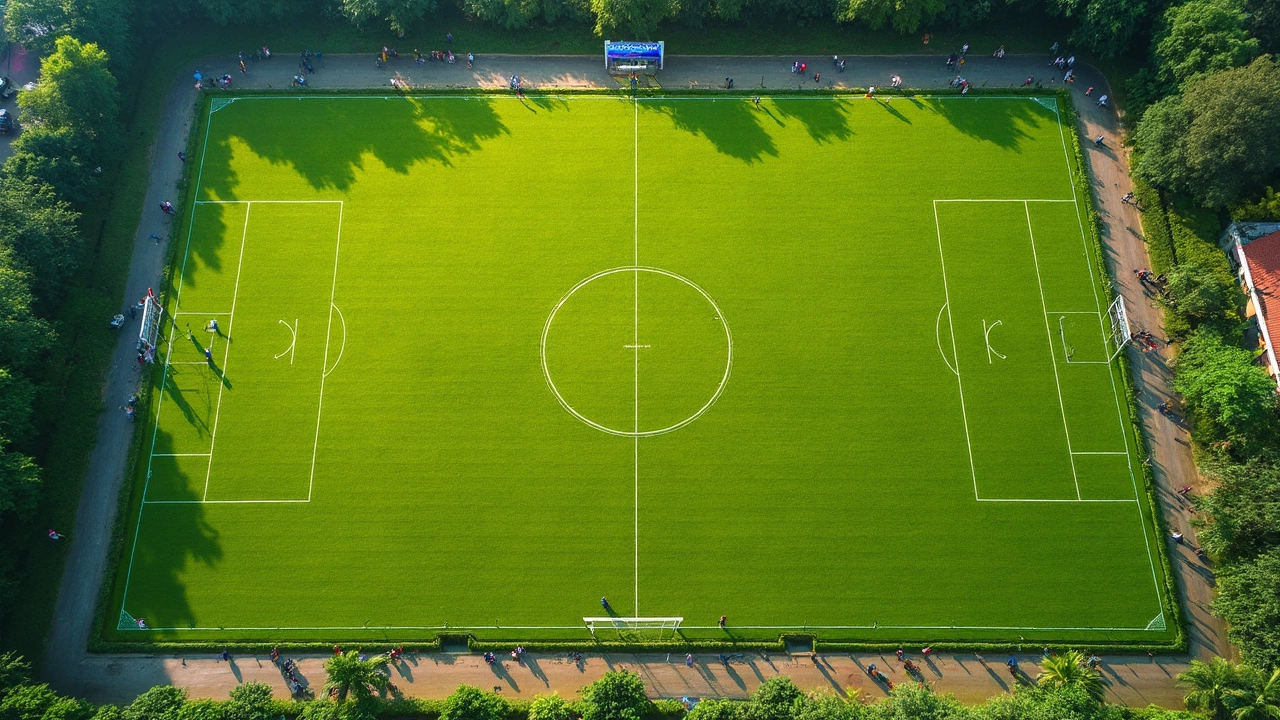How to Find, Finance, and Build a Football Field
Thinking about owning a football field? Whether you want to rent it out, sell it later, or just have a place for a community team, the process is similar to any other real‑estate project. You need the right land, the right permits, a clear budget, and a plan for making the field pay for itself. Below are the most useful steps to get you from idea to a ready‑to‑play surface.
Choosing the Right Spot
Location matters more than you might think. Look for land that is easy to get to by car or public transport. A spot near schools, clubs, or residential areas usually attracts more users. Check the zoning map at your city office – most places label sports fields under “recreational” or “commercial” zones. If the land is in a residential zone, you may need a special permit, which can add time and cost.
Size is another key factor. A standard football (soccer) field is about 100‑110 meters long and 64‑75 meters wide. Add extra space for benches, parking, and a small office if you plan to run a business. If you don’t have that much land, consider a smaller, multi‑purpose field that can host youth games and training sessions.
When you have a few parcels in mind, compare their price per square foot, access roads, and any existing utilities. A piece of land with water and electricity already on site can save you thousands. Use a simple spreadsheet to list each factor and give it a score – the highest‑scoring plot usually wins.
Financing and Building Your Field
Most buyers don’t pay cash, so explore loan options early. Commercial real‑estate loans often require a down payment of 20‑30 % and a clear business plan. Show lenders how you will generate income – think field rentals, tournaments, coaching clinics, and advertising. A solid plan makes the loan process smoother.
Construction costs break down into three parts: earthwork, turf, and accessories. Earthwork includes grading the land to make it flat and adding drainage. Good drainage prevents water puddles and extends the field’s life. Turf can be natural grass or artificial. Natural grass is cheaper up‑front but needs regular mowing and watering. Artificial turf costs more initially but saves on maintenance and works in rainy weather.
Don’t forget accessories: goals, lighting, seating, and a small office. Lighting is a must if you want evening games – LED lights use less electricity and last longer. Seating can start with simple bleachers and grow as demand increases.
After the field is built, set up a simple booking system. Online calendars let teams reserve slots and pay in advance, which helps you keep cash flow steady. Keep track of maintenance costs – mowing, line painting, and occasional turf repairs – and factor them into your rental rates.
Finally, market your field. Post on local sports groups, contact schools, and offer a free trial day. Word‑of‑mouth works great for community facilities. The more you get people onto the field, the faster you’ll recoup your investment.
Owning a football field can be rewarding if you plan carefully. Pick a reachable location, check zoning, budget for drainage and turf, secure financing with a clear revenue plan, and keep the field in good shape. Follow these steps and you’ll have a venue that serves the community and earns you a steady income.
How Many Football Fields Is 1 Acre? Quick Land Size Comparisons
by Arjun Mehta Jun 12 2025 0 LandTrying to picture 1 acre? Here's how it stacks up compared to a football field. This article breaks down acre measurements in plain terms using real-world examples. You'll find out why using sports fields is handy for land deals and what else you can fit in an acre. Get tips for land buyers who want a clear visual before making a purchase.
READ MORE